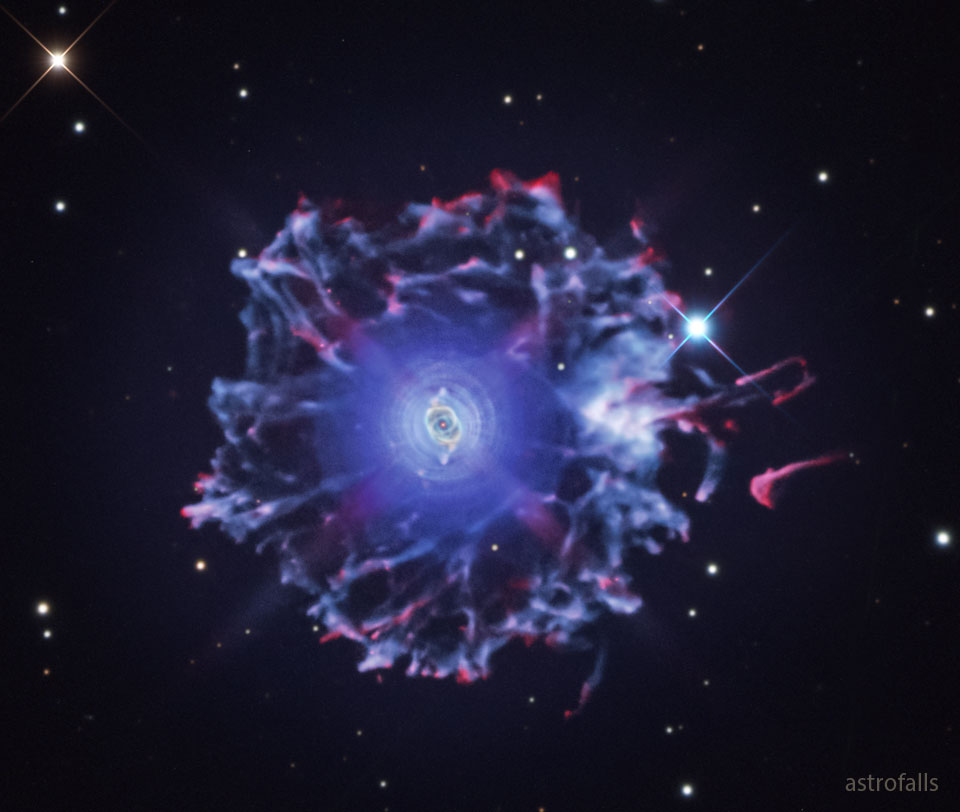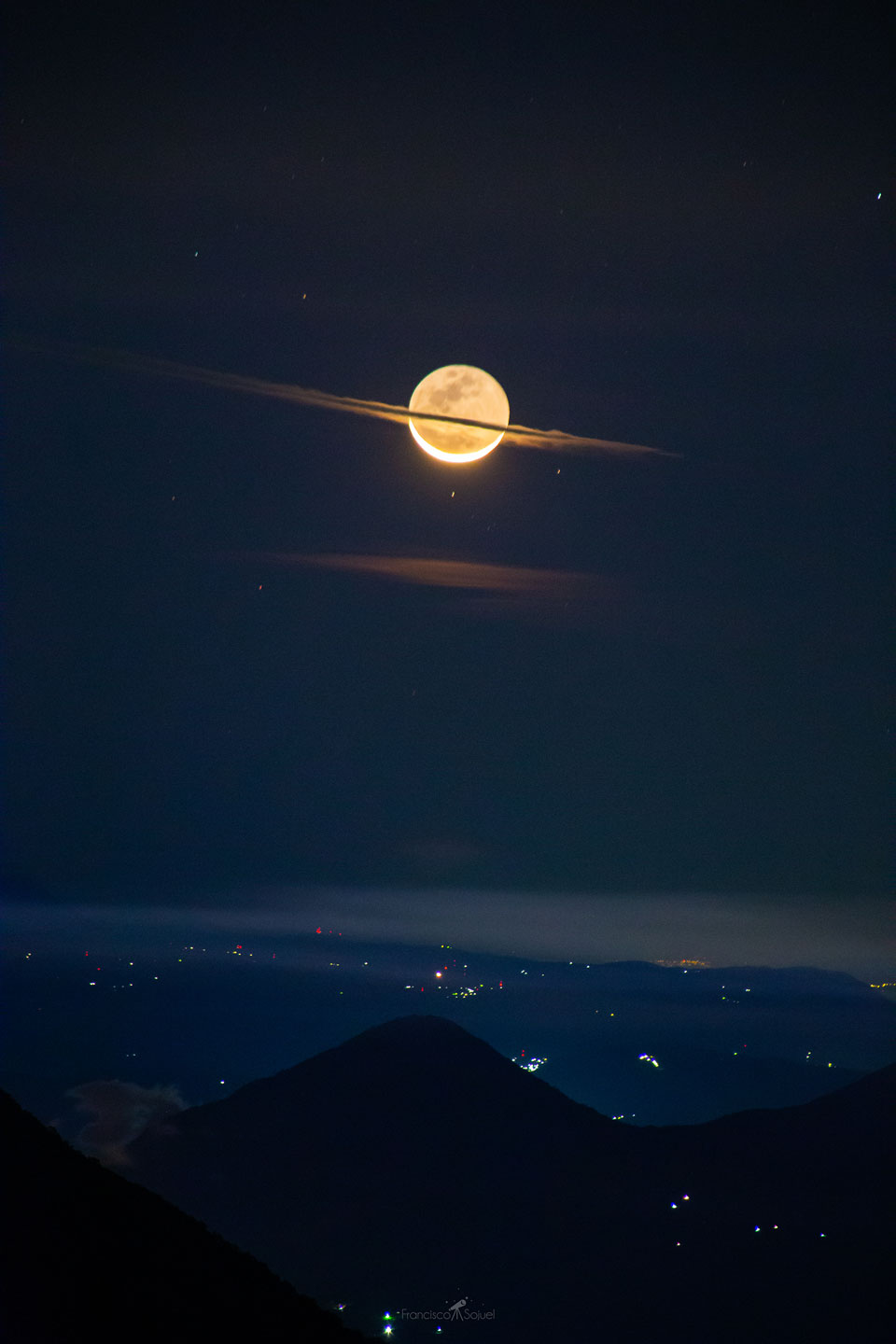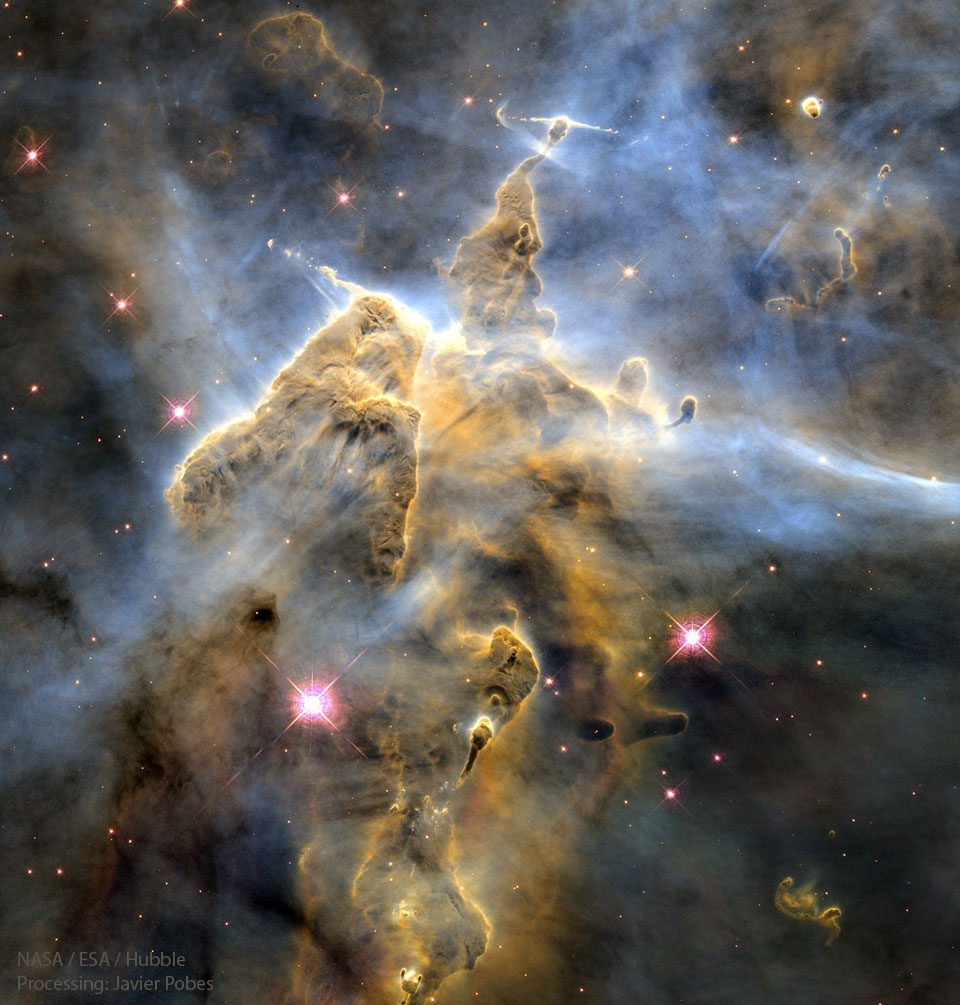안녕하세요, 잡학다식 입니다. 오늘은 과연 나사에서 어떤 방식으로 우주의 형상을 표현해 줄까요?
우선 이미지부터 볼 수 있도록 하겠습니다

해당 사진의 이름은 Halo of the Cat's Eye 인데요 우선 NASA에서 공식적으로 발표한 설명들을 확인해 보겠습니다
What created the unusual halo around the Cat's Eye nebula? No one is sure. What is sure is that the Cat's Eye Nebula (NGC 6543) is one of the best known planetary nebulae on the sky. Although haunting symmetries are seen in the bright central region, this image was taken to feature its intricately structured outer halo, which spans over three light-years across. Planetary nebulae have long been appreciated as a final phase in the life of a Sun-like star. Only recently however, have some planetaries been found to have expansive halos, likely formed from material shrugged off during earlier puzzling episodes in the star's evolution. While the planetary nebula phase is thought to last for around 10,000 years, astronomers estimate the age of the outer filamentary portions of the Cat's Eye Nebula's halo to be 50,000 to 90,000 years.
이번에도 광활한 우주 앞에 인간이 얼마나 작은 존재인지 다시 한번 알게 되는것 같습니다
저는 내일도 더 좋은 사진과 함께 돌아오겠습니다, 그럼 행목한 하루 되시길 바랍니다
'과학상식' 카테고리의 다른 글
| NASA 나사의 오늘의 이미지들 (2022-08-05) (0) | 2022.08.06 |
|---|---|
| NASA 나사의 오늘의 이미지들 (2022-08-04) (0) | 2022.08.05 |
| NASA 나사의 오늘의 이미지들 (2022-08-02) (0) | 2022.08.03 |
| NASA 나사의 오늘의 이미지들 (2022-08-01) (0) | 2022.08.02 |
| NASA 나사의 오늘의 이미지들 (2022-07-31) (0) | 2022.08.01 |

